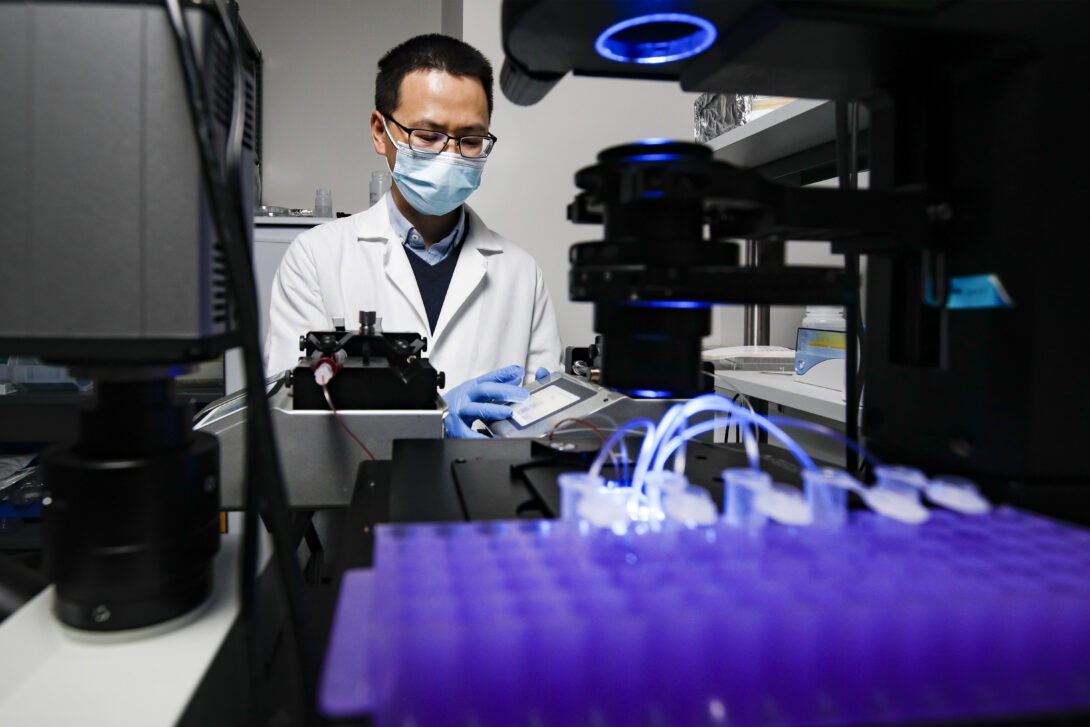Filling in the gaps
Filling in the Gaps

Circulating tumor cells are cells that break off from a primary tumor and enter a person’s bloodstream. These cells can then become seeds for additional tumors, known as metastases, in other organs, which are responsible for most cancer-related deaths.
CTCs were first observed in 1869 and have been studied extensively since. However, a subset of these cells, known as CTC clusters, have not been investigated nearly as much. Richard and Loan Hill Professor Ian Papautsky and his team decided to shed some light on this lack of knowledge with a review paper in the journal APL Bioengineering that consolidated all the research they could find on these cancerous clusters.
“My lab has been working in this area for the past few years,” Papautsky said. “We have been working on liquid biopsy and isolating CTCs and we have been seeing quite a few clusters in blood samples.”
But when his lab investigated the literature on microfluidic devices for capturing CTCs, they found that many scientific articles focused on isolating individual cells, with few papers dealing specifically with isolating CTC clusters.
This gap in knowledge is important, Papautsky noted, because he and his team have found that clusters have different mechanical properties than the single CTCs, so the way that current microfluidic devices isolate and identify CTCs may lead them to miss clusters of these cells.
“We are hoping that this review will summarize the state of the art and shed light on this important topic. Our goal is to help researchers to build new systems, especially for isolation of clusters, which would increase the sophistication of microfluidic systems,” he said.
Being able to catch and identify clusters is important for this kind of cancer research because the circulatory system inside the human body is a harsh environment, Papautsky said. Single CTCs do not survive for long in circulation, but researchers believe clusters can survive for longer, which may lead to a stronger metastatic potential.